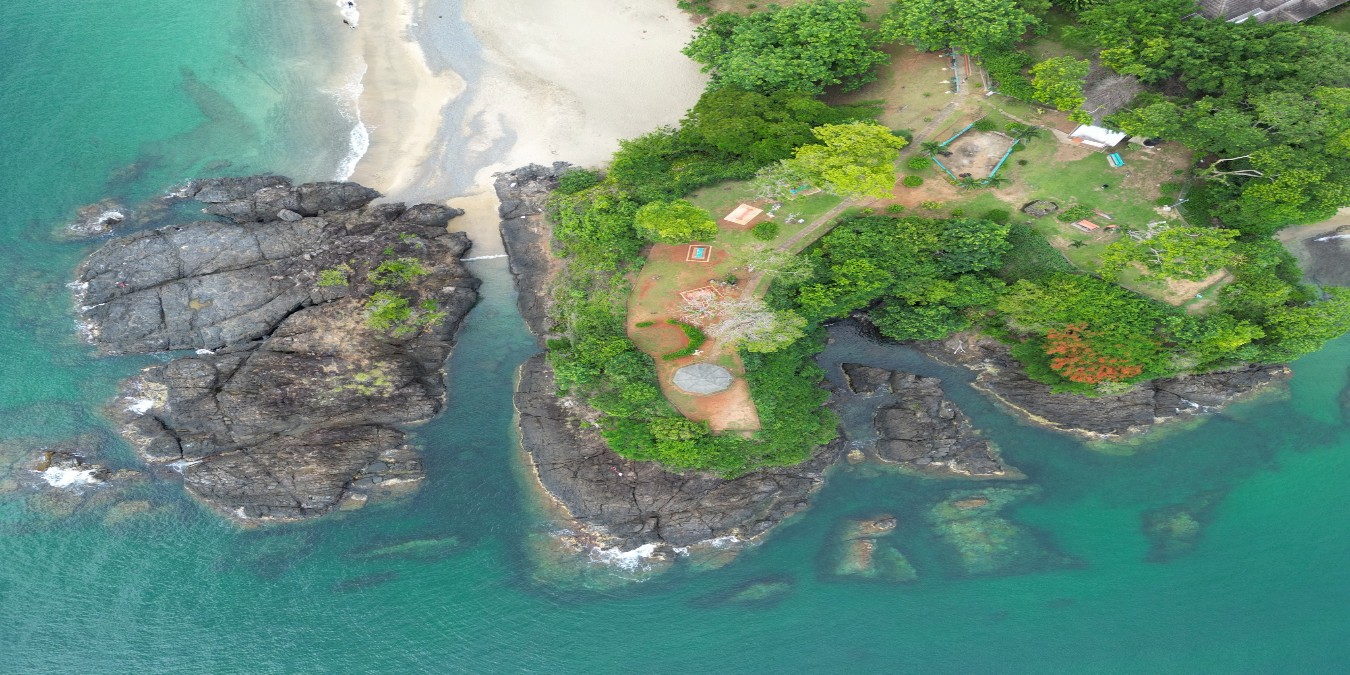Black Rock Bay, located near Fort Bennett on Tobago’s southwestern coast, is an area of great historical and cultural importance. Overlooking the bay, Fort Bennett stands as a reminder of the island’s turbulent colonial past, when European powers fought for control of Tobago and its lucrative resources.
The origins of Fort Bennett date back to the early 17th century, when the Dutch established the first fortifications between 1628 and 1636. Later, in the 1680s, the Courlanders, from the Duchy of Courland (present-day Latvia), reinforced the structure as part of their settlement at Great Courland Bay. During the 18th and early 19th centuries, the British expanded and used the fort as a defensive outpost, particularly to safeguard the loading of sugar shipments and to protect against privateers and rival colonial forces.
Although much of the original fort has eroded or collapsed over time, remnants of the stone walls and cannon batteries remain. These silent artefacts bear witness to centuries of conflict, trade, and cultural exchange. Today, the site is valued not only for its history but also for its commanding views of Black Rock Bay, where visitors can appreciate the beauty of the coastline once fiercely guarded by colonial powers.
The bay itself, named after the striking dark volcanic rocks that line its shores, is a place where history and nature intertwine. Beyond its historical role, it is now a serene spot for reflection, photography, and cultural storytelling. The beach below is also known for its calm waters, snorkelling opportunities, and seasonal turtle nesting, connecting the site’s historical significance to Tobago’s living natural heritage.
Black Rock Bay, with Fort Bennett above, thus represents more than just a relic of Tobago’s colonial history. It is a space where the island’s past meets its present, where visitors can experience both the strategic legacy of European empires and the enduring beauty of Tobago’s natural environment.


Comments